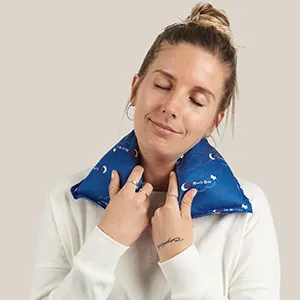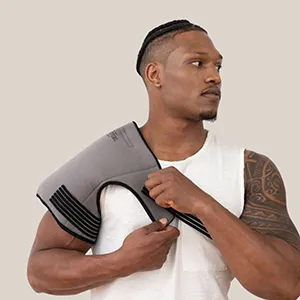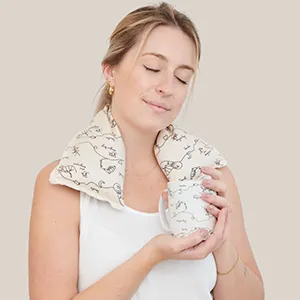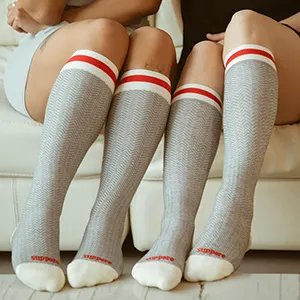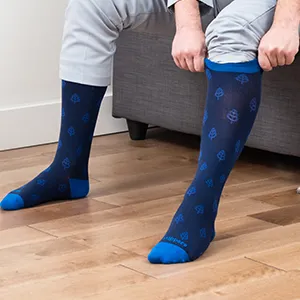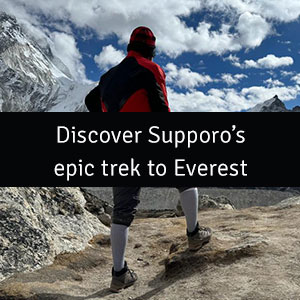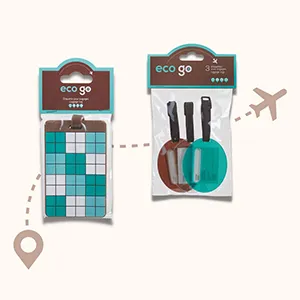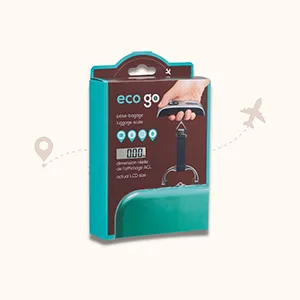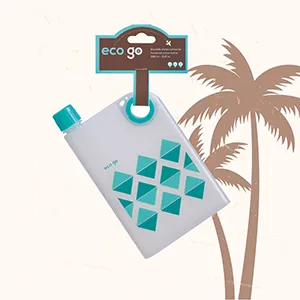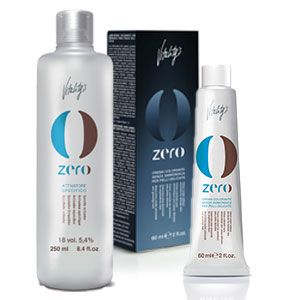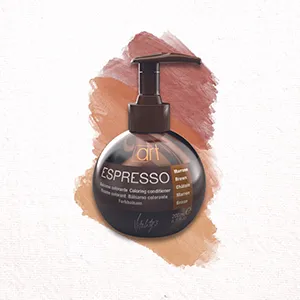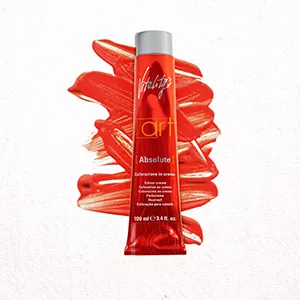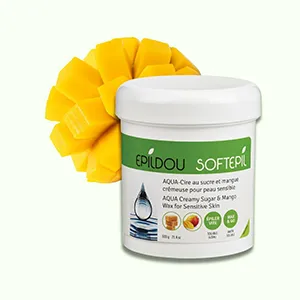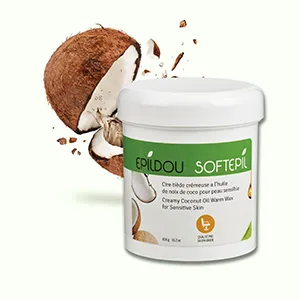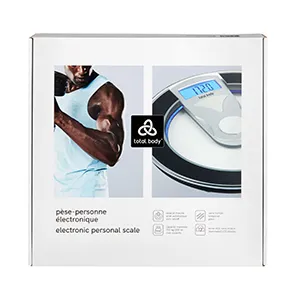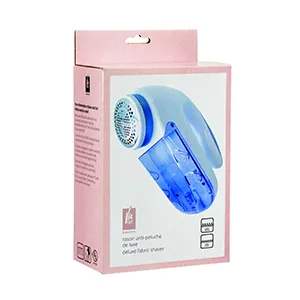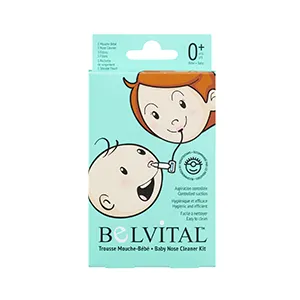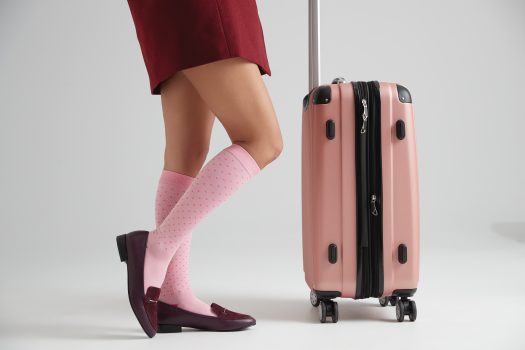January 26, 2024 A Window to the Top of the World: Masdel President Ken Labelle’s Trek to Everest Base Camp
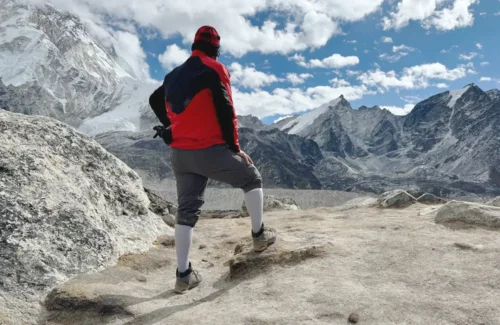
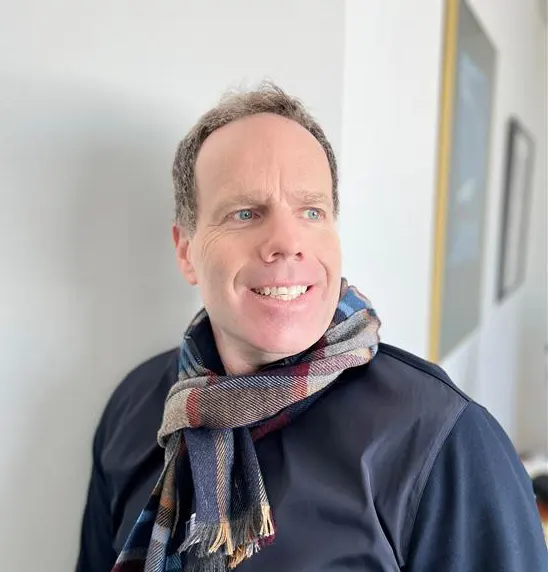
With his 60th birthday approaching, Ken Labelle, president of Supporo compression socks’ parent company Masdel, knew he did not want to mark the occasion with a party. In fact, he was not even that keen on making a big deal about the day. That is until his nephew Chris recounted his 2019 trek to Everest Base Camp (EBC). Chris’s stories and incredible photos of the world’s highest peaks and some of the most striking scenery were enough to convert Ken. Something seemed to click, and Ken decided that taking on this epic challenge was how he wanted to celebrate turning 60.

The trek to EBC is truly a once-in-a-lifetime adventure. For many it is a bucket-list trip and, while strenuous, trekking up to the base of the world’s tallest mountain is the most rewarding and profound experience. The route, dubbed as “the steps to heaven,” took Ken and his team through absolutely breathtaking (no pun intended) scenery: forests, Sherpa villages, lakes, glaciers, and majestic peaks. We had the chance to sit down with Ken and chat all-things EBC: training and prep, unheated teahouses, spectacular scenery, and merino wool compression socks, of course!
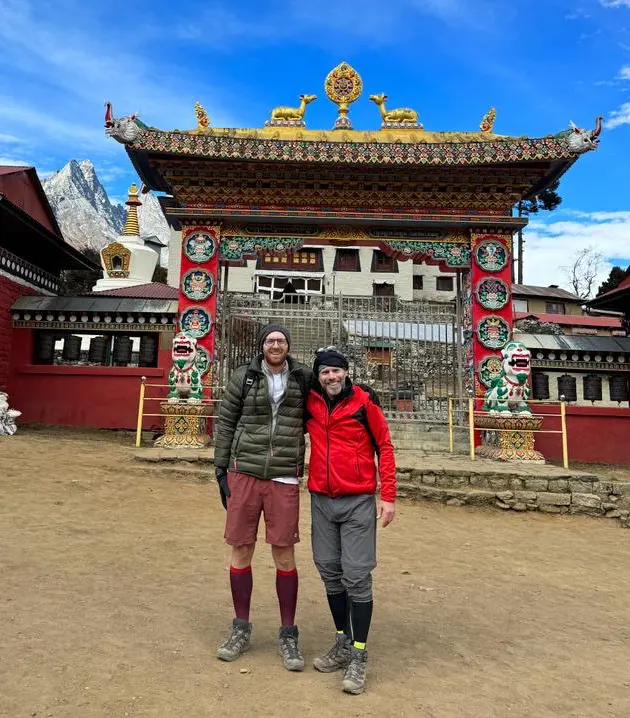
Supporo: What was your driving motivation to tackle the Everest Base Camp trek?
KL: My nephew Chris went to Southeast Asia prior to COVID and on a whim decided to do the trek to EBC. After coming back, I looked at the pictures and thought they were amazing. He asked if I would do it and I said, “yeah, we should go together!”
I’d say this was an opportunity to do something different and spend time with my nephew. It was a bonus that his girlfriend Shay and her sister—both born in Nepal—were on the trip as they speak Nepali and could communicate for us in Kathmandu and on the trek.
Also, this year marked my 60th birthday and seemed like the right time to do such a trip.

Supporo: How did you prepare physically and mentally for this challenge?
KL: I already spend a lot of time doing cardio—bicycling, hockey, cross-country skiing—so I didn’t do anything different during the summer and fall […] After purchasing some new trekking boots, I did five or six big hikes to get used to the boots and to prepare my legs as much as possible.
As far as altitude, there wasn’t much preparation that could be done—only altitude training prepares you for altitude and that wasn’t an option—I’m not going to the Olympics in Mexico.
As for the mental challenge, my background in sports—especially bicycle and ski racing long ago—helped me on the trek. It taught me to keep trying and to focus on the next 10 metres, not how long we had to go to the end of the hike.
Supporo: What was the most memorable moment during your ascent?
KL: I think there were several memorable moments on the trek and trip but the most notable to mention today was the climb outside Dingboche, which was very difficult. Only 3 hours up and 2 down but we climbed more than 700 or 800 vertical metres—at the top we were at approximately 5,200 metres. Just everything about trekking through the valley between Dingboche and EBC, which took two days … the views were spectacular!
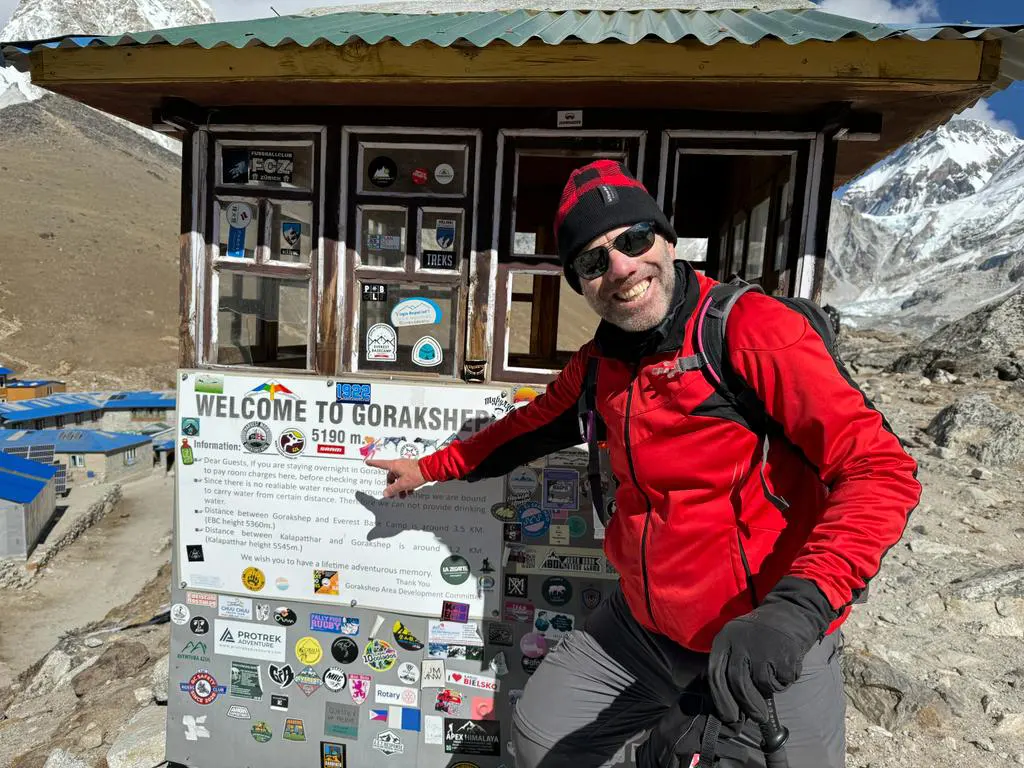
Supporo: What were the most challenging moments during your ascent?
KL: Definitely the hike I just mentioned. Also, sleeping in the cold and never being able to get warm at night. At the teahouses [small affordable lodging] the rooms had no heat. So after leaving Namche, the nights were cold with the room temperature being minus 5˚C to 15˚C. They say at altitude you don’t really sleep, you just rest.
Supporo: What word would you use to describe this experience?
KL: It was the best of times and the worst of times. Very difficult accommodation-wise for an old man like me. But the views, as well as sharing this time with my team [Chris, Shay, and Shay’s sister] were all worth it. I’d never been on such a trip and it was such an eye-opening experience that I’ll remember it for the rest of my life.
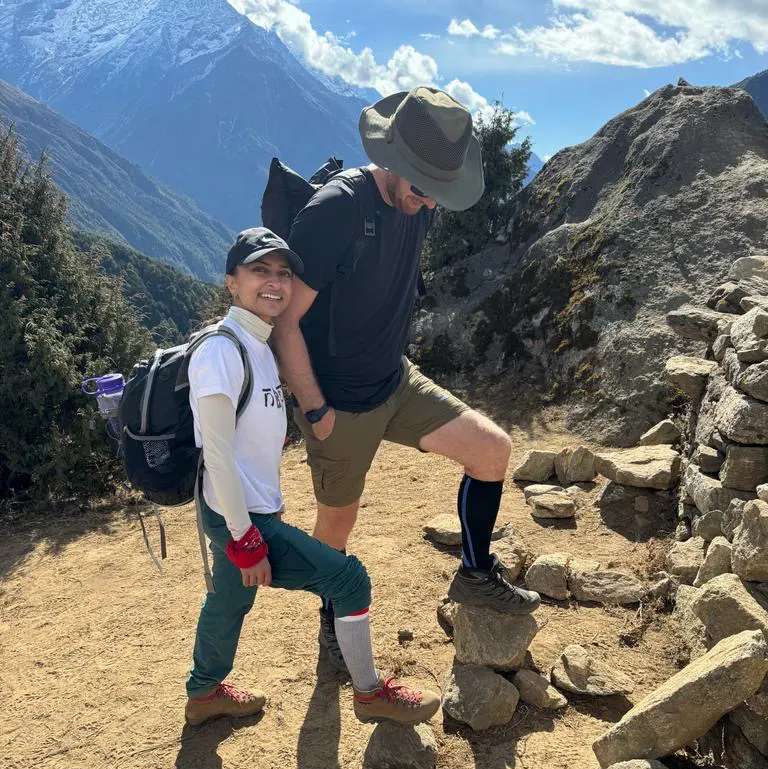
Supporo: Okay, now let’s talk compression socks. How did Supporo compression socks contribute to your comfort/performance?
KL: I wear our Sports compression socks all the time for cycling, hockey, skiing, and trekking so I know the benefits. First, the compression socks helped minimize the swelling that occurs naturally because of the altitude. Second, I find that they just helped the overall feeling in my legs and reduced fatigue. It’s hard for me to compare, but the team also wore our compression socks and they noticed a big difference in the way their legs felt when they wore them versus when they didn’t.
Supporo: What are the most significant advantages that you experienced wearing compression socks during your trek to Everest Base Camp?
KL: Well I didn’t really have any leg or feet issues on the trip, which was very important. Having a good pair of boots helped of course, but wearing our merino wool compression socks certainly took several potentially negative elements off the table. Yes, I was tired—some days we walked 20K or climbed more than 1,000 vertical metres—but the next day I could get going right away.

Thinking about trekking to Everest Base Camp?
Or maybe something a little less dramatic? Whether you’re getting ready for the trip of a lifetime or heading out for a day hike, Supporo compression socks are a must even if you do not have any leg health or blood circulation issues. Made from soft merino wool, they provide a world of benefits for the hard-core trekker or “weekend warrior”:
- Improved blood flow
- Additional support to leg muscles and feet, resulting in improved performance
- Faster post-workout recovery
- Reduced lactic acid build-up
- Natural odour resistance
- Moisture wicking
- Reduced heavy leg feeling
